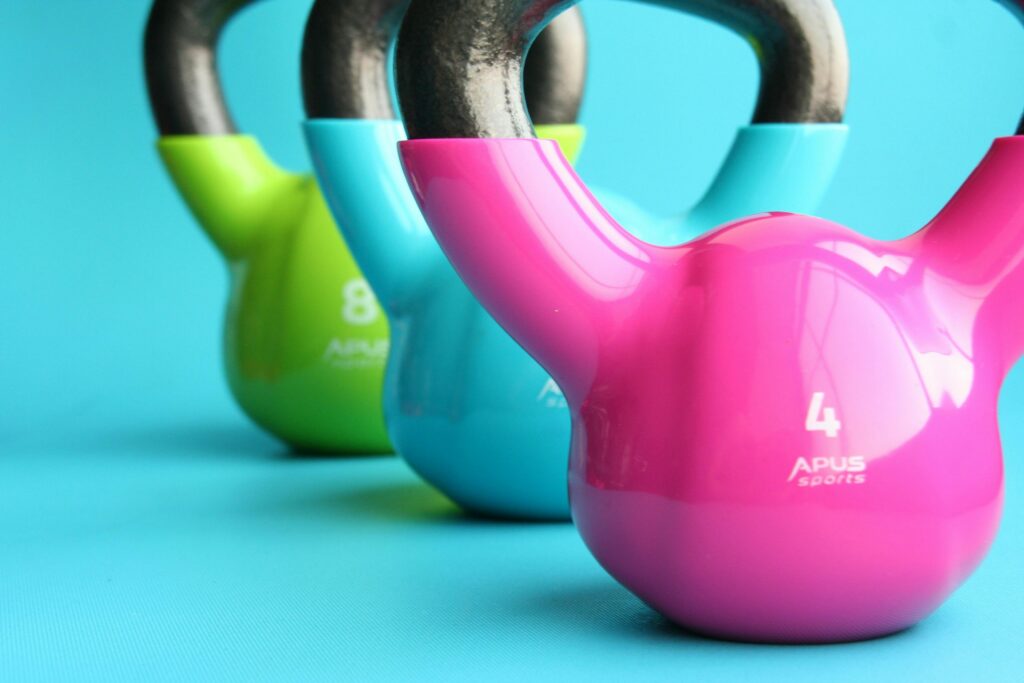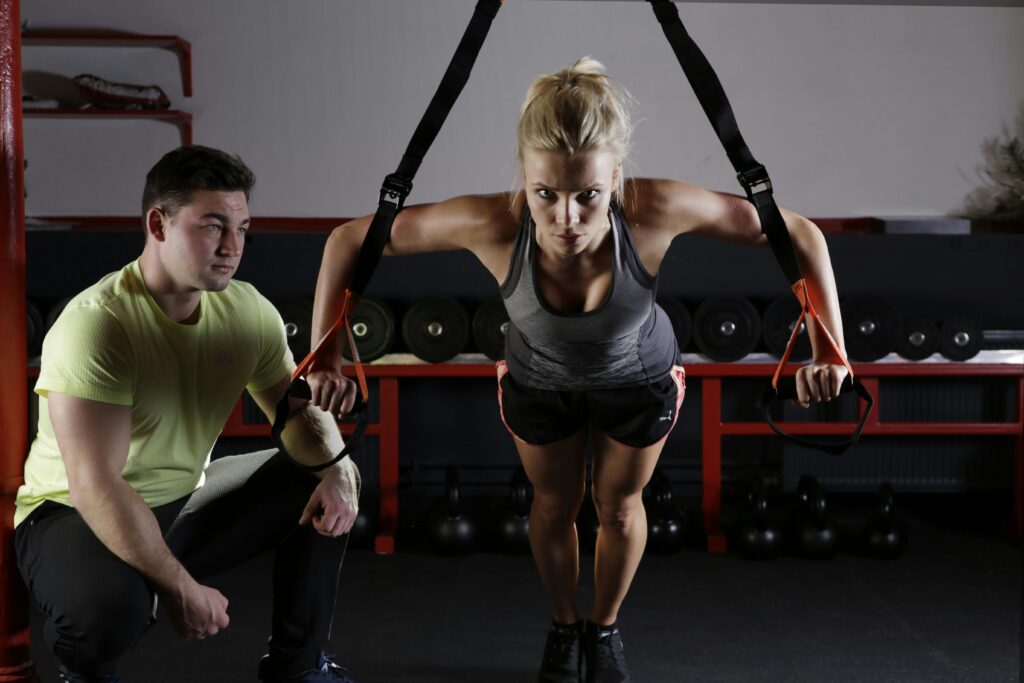Talking of fitness, one is usually talking about weight, but the weight on a scale represents only one aspect of the whole thing. Body composition, that is the ratio of fat tissue, muscle, body and water in your body, is what is important. It is a better, more respectable perception of the wellness, health and the strength.
The UK and the rest of the world are moving on the term “to lose weight” to rebalance body composition. Why? The reason is that two individuals may have the same weight yet their health conditions may be so different just because of the composition of that weight.

🔍 What Is Body Composition?
Body composition gets defined as the proportion between fat mass and fat-free mass in your body. Fat-free mass includes:
Muscle
Bones
Organs
Water
It does not only inform us of our weight, but of what is in our weights.
For example:
An individual with much more muscle and little fat will be less fat and fit, although he/she might be bigger than the one with less muscle and much fat.
The evolution of the concept of body composition allows us to determine the achievements in terms of fitness more reliably than the scale.
🧠 Why Body Composition Matters More Than Weight
💡 Let’s break this down,:
Weight = total body mass
Body composition = quality of that mass
One can be skinny fat; that is, they look thin on the outside, but in fact, they have a lot of body fat and low muscle. These ones could weigh in heavier on the scale but their body could possess more muscle, thicker bones and have sounder hearts.
Understanding body composition is essential because:
It reflects metabolic health
Predicts risk for chronic diseases
Guides smart fitness and nutrition plans
Helps track progress beyond the scale
📐 How to Measure Body Composition
- Body Fat Percentage
Measured via calipers, smart scales, or DEXA scans
Healthy ranges:
🔹 Men: 10–20%
🔹 Women: 18–28%
- Waist-to-Hip Ratio
Measures fat distribution — important for heart health
Healthy range:
🔹 Men: < 0.90
🔹 Women: < 0.85
- Lean Body Mass
Everything in your body except fat
More lean mass = higher metabolism and better strength
- Bioelectrical Impedance (BIA)
Many smart scales (like Withings, Tanita, or FitTrack) use BIA to estimate fat %, water, and muscle mass
💪 How to Improve Body Composition
To get a better body composition, you do not just want to lose weight; you would lose fats and gain lean muscle.
🔹 Strength Training
Builds lean muscle mass
Increases metabolism
Prevents fat regain
Boosts bone density
🔹 Cardiovascular Exercise
Burns calories and fat
Improves heart health
Supports endurance
🔹 Nutrition
High protein intake to support muscle recovery
Complex carbs and healthy fats for energy
Avoid ultra-processed and high-sugar foods
🔹 Hydration
Water aids muscle recovery, fat metabolism, and digestion
🔹 Sleep & Recovery
Lack of sleep increases cortisol, promoting fat storage
Rest is essential for hormonal balance and muscle growth

🌱 Healthy Body Composition vs. Obsession
Obsession over numbers can be harmful. That’s why we shift focus from:
Simply weight loss “to fat loss & gain in muscles”
Just “eating less” → to “eating smarter”
Just “looking better” → to “feeling stronger”
🧬 Body Composition and Longevity
A balanced body composition:
Lowers risk of diabetes, heart disease, and stroke
Supports healthy joints and mobility
Maintains metabolism with age
Enhances hormone regulation and immune function
Increases life quality and lifespan
